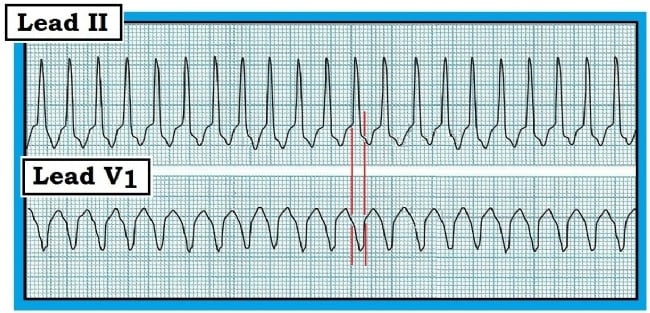Emergency Medicine Case: Woman with Radial Wrist Pain
Quick quiz for EM/ENP board review: a 40‑year‑old woman with radial‑sided wrist pain and limited ROM — identify the likely scaphoid injury and review key radiograph clues and exam pearls.
A 40-year-old woman presents to your office complaining of pain and decreased range of motion in her right wrist. She does not remember when the pain started, but she has noticed that it has become more prevalent and has quickly increased in intensity over the last few months. She says that her right wrist has been "bothering" her, stating that she first noticed it while typing on the computer, but lately it has been "constantly burdensome." She denies any falls, trauma, or strenuous physical activity. She denies fever, shortness of breath, or chest pain.
Vital signs are within normal limits. Physical examination findings include point tenderness at the distal end of the right radius, and decreased flexion and extension of the right wrist when compared with the left. There is a large, solid, and fixed mass at the distal end of the radius extending laterally and into the carpal region.
X-ray of the right wrist showed the following (see Figure).
.png?width=141&height=200&name=image%20(87).png)
Figure.
What is the most likely diagnosis?
- fibrosarcoma
- giant cell tumor (GCT)
- ganglion cyst
- multiple myeloma (MM)
The correct answer is:
giant cell tumor (GCT)
Educational Objective:
Diagnose giant cell tumor of bone.
Key Point:
GCTs are benign, locally aggressive osteolytic skeletal neoplasms found in young adults.
Explanation:
GCTs of the bone account for approximately 4% of all bony tumors. They occur following skeletal maturity (GCTs are uncommon before 20 years of age). She has the typical radiographic findings of a lytic lesion that has a radiolucent appearance at an epiphyseal location (most commonly at the distal femur, proximal tibia, or radial head). GCTs tend to grow toward the articular surface of the involved bone--in this case, the radius. GCTs are distinguishable from other bone tumors in that they have very well demarcated and sharp borders, yielding a characteristic "soap-bubble" appearance seen with a plain x-ray. Although x-rays can be highly suggestive of a diagnosis of GCT, biopsy is necessary for confirmation. For lesions that are resectable (eg, those involving one of the limbs), surgery is the definitive treatment.
Fibrosarcomas typically produce lytic bone lesions that produce a "moth-eaten" appearance on x-ray. MM is a cancer of plasma cells that produces "punched-out" lytic lesions on x-ray, but it rarely presents with limited range of motion at joints. A ganglion cyst typically presents without pain, and it does not limit range of motion. Furthermore, a ganglion cyst will not produce a lytic lesion on x-ray.
References:
Mendenhall WM, Zlotecki RA, Scarborough MT, Gibbs CP, Mendenhall NP. Giant cell tumor of bone. Am J Clin Oncol. 2006;29:96-99.
Rockberg J, Bach BA, Amelio J, et al. Incidence trends in the diagnosis of giant cell tumor of bone in Sweden since 1958. J Bone Joint Surg Am. 2015;97:1756.
Yang Y, Huang Z, Niu X, et al. Clinical characteristics and risk factors analysis of lung metastasis of benign giant cell tumor of bone. J Bone Oncol. 2017;7:23.
This question appears in Med-Challenger Physician Assistant Exam Review with CME
Try for free and save. Ace your exams and meet your CME/MOC requirements for just $26 a month!




.png)
.png)